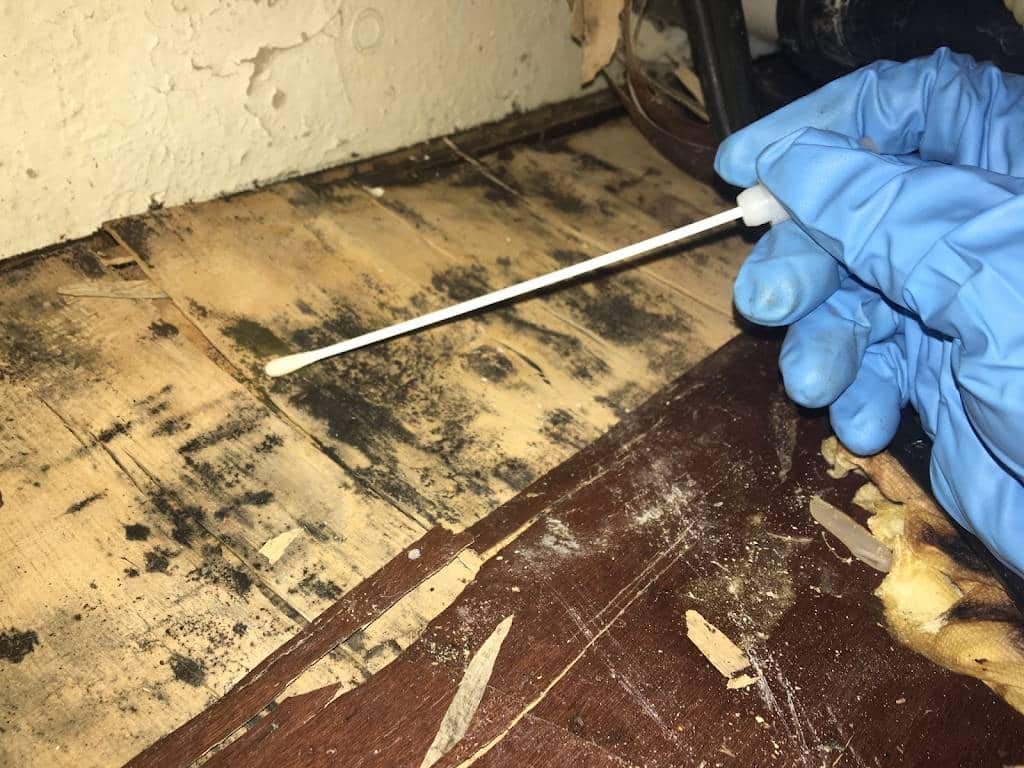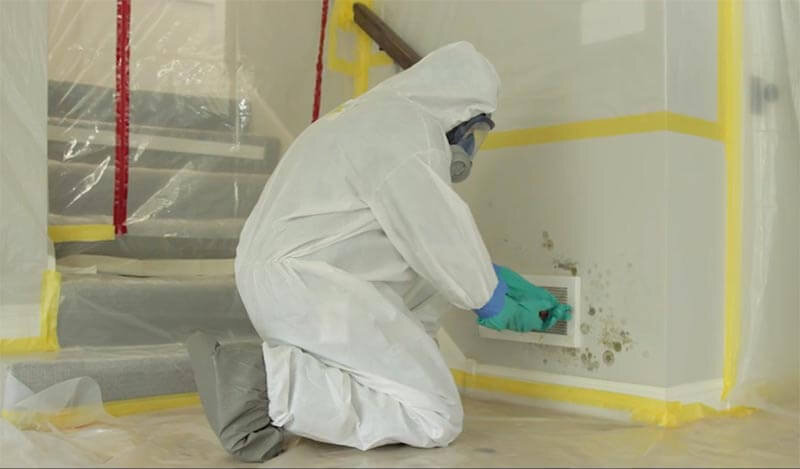Locating Post Remediation Inspection Near Me Solutions
Specialist Tips for Article Mold Removal Success
In the realm of mold remediation, effectively eradicating mold is only half the fight; the real difficulty lies in preventing its reappearance. By sticking to expert tips and best practices, individuals can guard their spaces versus mold and mildew resurgence and preserve a healthy indoor setting.
Monitor Moisture Levels Frequently
After finishing mold remediation procedures, keeping ideal humidity levels is essential to avoid mold and mildew re-growth and ensure a healthy interior setting. High moisture degrees over 60% create a favorable atmosphere for mold and mildew to thrive, making normal checking an aggressive measure to protect against any type of future mold and mildew concerns.
In addition, developing a routine timetable for humidity checks, specifically in high-risk locations such as cooking areas, basements, and washrooms, is a positive approach to mold and mildew prevention. By consistently checking humidity degrees, building owners can successfully reduce the threat of mold reoccurrence and preserve a healthy interior environment post-remediation.
Conduct Thorough Inspections Post-Remediation
Complying with the conclusion of mold remediation procedures, it is important to perform comprehensive assessments to validate the effectiveness of the remediation process. These post-remediation inspections are critical in making sure that the mold concern has actually been successfully resolved and that there is no reoccurrence or remaining mold development. Examinations should be brought out by qualified experts who have experience in identifying mold and evaluating indoor air high quality.
During these evaluations, different techniques such as visual assessments, air sampling, and surface sampling might be employed to extensively evaluate the remediated locations. Aesthetic assessments involve a detailed assessment of the properties to check for any type of noticeable signs of mold development or water damage. Air sampling helps in figuring out the air-borne mold spore levels, while surface area tasting can find mold and mildew bits on surfaces.
Implement Correct Air Flow Methods
After ensuring the performance of the mold and mildew removal procedure with thorough assessments, the next vital step is to focus on executing correct air flow methods. Ample ventilation is necessary in preventing mold and mildew reoccurrence by managing moisture degrees and promoting air blood circulation.
Correct air flow not only aids in avoiding mold and mildew development but likewise contributes to the total wellness and convenience of occupants. By guaranteeing appropriate air flow throughout the property, you can minimize the danger of mold and mildew regrowth and develop a much healthier living setting. Normal upkeep of air flow systems, consisting of cleansing and filter substitutes, is critical to sustaining effective ventilation. Consulting with cooling and heating professionals can offer more understandings right into optimizing air flow strategies for your specific home demands.

Use Mold-Resistant Materials for Services
To boost the long-lasting effectiveness of mold remediation initiatives, including mold-resistant materials for repair services is vital in minimizing the threat of future mold and mildew growth. Mold-resistant products are developed to withstand dampness and inhibit mold and mildew growth, making them a necessary choice for locations prone to moisture and moisture. When repairing locations affected by mold and mildew, utilizing products such as mold-resistant drywall, mold-resistant paints, and mold-resistant caulking can assist protect against mold recurrence.
Mold-resistant drywall is an excellent alternative to standard drywall in locations like basements and restrooms where dampness degrees are greater. This sort of drywall has an unique covering that resists mold growth also when exposed to damp conditions. Furthermore, utilizing mold-resistant paints consisting of antimicrobial representatives can better hinder mold and mildew advancement on ceilings and walls.
In locations where wetness prevails, such as kitchens and restrooms, making use of mold-resistant caulking around bathtubs, sinks, and home windows can aid seal out water and prevent mold from taking hold in cracks and gaps. By buying these mold-resistant products throughout repair work post-remediation, you article can dramatically minimize the likelihood of future mold concerns and maintain a much healthier indoor environment.
Maintain Sanitation and Address Water Issues
After mold and mildew removal, it is important to maintain a clean environment to avoid the regrowth of mold and mildew. Leaks, water intrusion, or high humidity levels can produce the perfect breeding ground for mold, so it is critical to take care of any water-related problems instantly.
To preserve sanitation, consider using HEPA filters in vacuums and air purifiers to trap mold and mildew spores and stop their blood circulation airborne. Moreover, making sure appropriate ventilation in areas vulnerable to moisture build-up, such as cooking areas and restrooms, can assist keep humidity levels in check. By remaining attentive concerning cleanliness and resolving water concerns immediately, you can effectively protect against mold reinfestation and maintain a healthy and balanced interior environment.
Verdict

In the realm of mold remediation, effectively getting rid of mold and mildew is only half the battle; the true difficulty exists in stopping its reappearance. After completing mold removal treatments, maintaining ideal moisture levels is vital to avoid mold and mildew re-growth and guarantee a additional hints healthy interior environment. High humidity levels above 60% develop a conducive environment for mold to grow, making regular keeping an eye on a positive action to prevent any kind of future mold and mildew concerns.
To boost the lasting performance of mold and mildew removal efforts, integrating mold-resistant materials for repair services is crucial in mitigating the risk of future mold and mildew development. After mold and mildew remediation, it is important to preserve a clean environment to prevent the regrowth of mold.